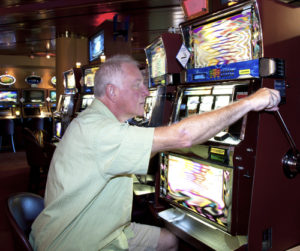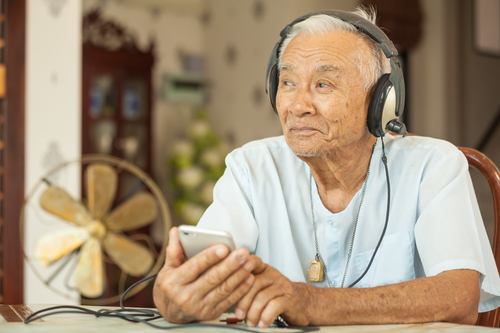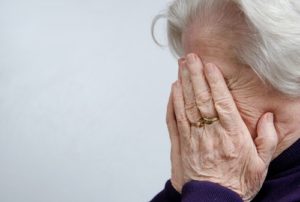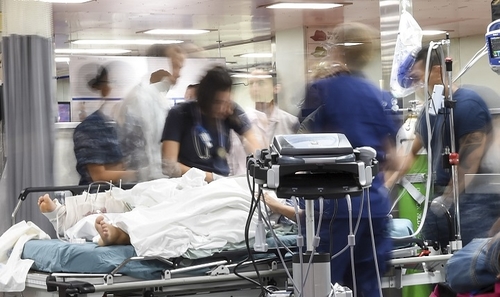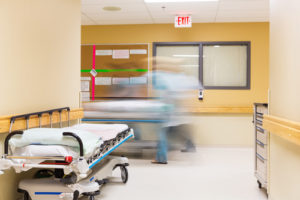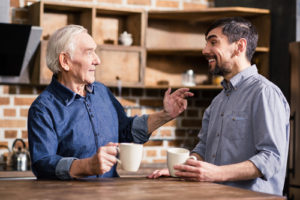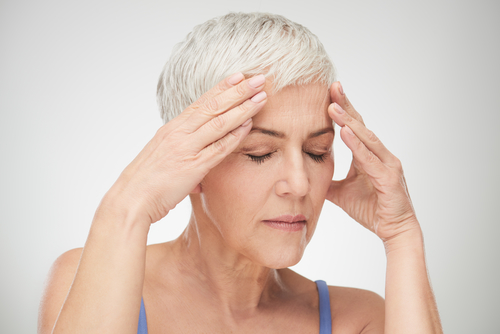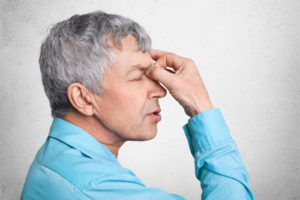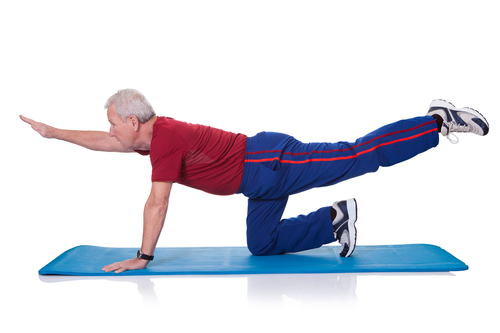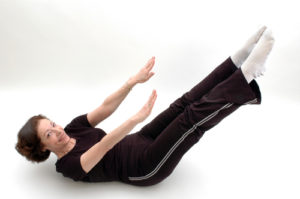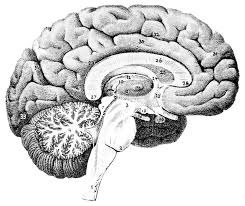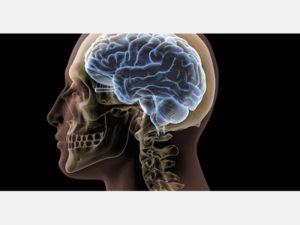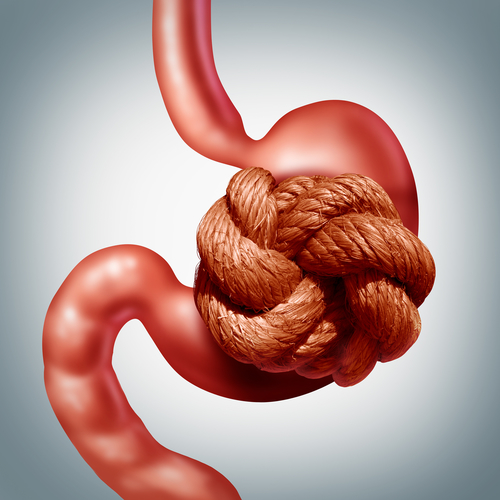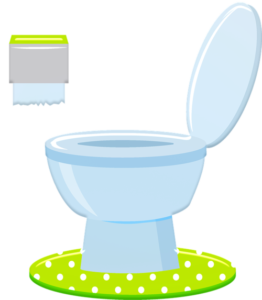Being able to take medicine is a blessing and a curse. Different medications can really change seniors lives’ for the better. Though sometimes we can all feel overmedicated. The Gerontologist explores different ways to help with dementia symptoms without medications.
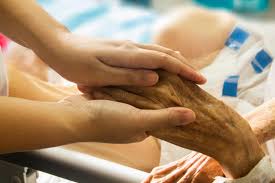
The Gerontologist Study
The study looked through different articles and studies from January 2010 through January 2017. Solutions without medications were separated by the practice, the effectiveness, and the conclusion. Each practice was thoroughly reviewed to see the acceptability, harmful effects, elements of effectiveness, and the level of investment needed.
These practices help with behavioral and psychological symptoms of dementia (BPSDs).
The practices include sensory ideas like aromatherapy and massage and psychosocial practices like validation therapy and pet therapy.
Most of these worked well with no harmful effects, and don’t need a huge investment.
Behavioral and Psychological Symptoms of Dementia
Symptoms of dementia can honestly be the most stressful part of having the disease. 97% of people with dementia have at least one of these symptoms.
BPSDs come from changes in the brain in relation to the characteristics of their environment.
Symptoms include
- Agitation
- Aberrant Motor Behavior
- Anxiety
- Irritability
- Depression
- Apathy
- Disinhibition
- Delusions
- Hallucinations
- Sleep or Appetite Changes
9 Ways to Help With Dementia Symptoms Without Medications
There are many different ways that you can help a loved one who has dementia without using medication.
1. Aromatherapy
This is a type of therapy that uses scented oils to help calm the body and mind. Certain scents will help with anxiety and bodily pains. Basically, they can change the brain dramatically depending on the scent.
The scents can come from seeds, bark, stems, roots, flowers, and other plant parts.
Different studies have looked into how well aromatherapy works for agitation and aggression in dementia. In the studies, the practice had been used through room diffusions, sachets, a patch, or skin cream. Dosages ranged from 3 minutes to a whole day for anywhere between 2-360 days.
There have been mixed results. It really depends on the person. Some people saw great results, others didn’t see a difference. Either way, there are no harmful effects and has a low investment need.
Social and physical contact can be key to getting aromatherapy to work.
2. Massage
Massage can help seniors feel less isolated. This is because touch is a way to communicate without words. Through touch, a person with dementia can feel comforted and cared about. This is especially good for people in communities because touch can feel more systematic than human.
A bonus is that it can also let seniors get to know their health provider better.
You can massage different parts of the body: back, shoulders, neck, hands, or lower legs and feet. A masseuse can use slow or large strokes, rub or knead, non-contact therapeutic touch, or acupressure.
Massage has been shown to reduce agitation, aggression, stress, anxiety, depression, and disruptive vocalizations for a while. As long as the senior is open to it, there are no harmful effects and little investment.
3. Multisensory Stimulation (MSS)
This practice is meant to give “a stress-free, entertaining environment to stimulate and to relax.” It doesn’t need cognitive processing or short term memory.
MSS environments are designed to be explored by the individual in their own way. It’s also supposed to encourage control and autonomy. This can be great for people who have dementia.
MSS simulates different senses through a combo of light effects, calming sounds, smells, and/or tactile stimulation.
This practice can range from 3 sessions to daily sessions over 15 months.
Overall, it seems MSS reduces short-term anxiety, agitation, and apathy. There appear to be no harmful effects, though it requires a moderate investment.
4. Bright Light Therapy
Aging is connected to changes within our circadian sleep cycle which can mess with our sleeping patterns. Anyone who has dementia can be more severely affected by these changes. The changes can show up in symptoms like agitation and sundowning.
Bright light therapy is meant to regulate the circadian rhythms with light and dark cycles. This is particularly good for those in communities and may not get enough sunlight. The light will shine through a light box, light visor, lighting that can be similar to twilight, or natural bright light.
People can be exposed to this lighting for 1 or 2 hours a day for 10 days or up to 2 months.
This type of therapy does not seem to have a real effect on reducing sleep disturbances and other BPSDs. Some studies even suggested it could make things worse.
There are a few that say it helps with agitation, depression, and sleep with certain people.
It’s a toss-up.
It does need a moderate investment with both time and money.
5. Validation Therapy
This type of therapy focuses on accepting the reality of living with dementia. The aim is to help soothe bad feelings and focus more on good feelings. It’s done through different ways like using non-threatening words to create understanding, rephrasing the person’s words, maintain eye contact and a gentle tone of voice, and so much more.
The evidence for this type of therapy is mixed. One study had the therapy happen twice a week for 12 weeks, and each session lasted 45-60 minutes. The study found significant improvements. Another study had both individual and group therapy and found a decrease in certain BPSDs.
Though other reviews found little evidence of it helping seniors.
Either way, there is little investment needed with this type of therapy. There is little to no negative effect, though a person’s feelings of distress can be made worse if providers aren’t properly prepared to honor and alleviate those feelings.
6. Reminiscence Therapy
This uses talking about past events and experiences with the goal of making people feel better, giving pleasure, and cognitive stimulation. The concept is that older memories are more enduring than newer ones. It can be done either as an individual session or as a group. It uses talking, photos, music, and the like to create better feelings.
There is a good amount of evidence that says this type of therapy helps with depression and agitation for a while. There isn’t enough to show long term benefits. There are no real negative effects and it needs a moderate investment.
7. Music Therapy
Music can help people with dementia in a lot of ways. It promotes well-being and increases sociability. Also, musical memory is retained longer than other memories.
It can reduce anxiety through general mind activation and certain memories will trigger. It can lower stress by creating a sense of familiarity and regularity in the environment.
People have used music therapy for an hour, 2 or 3 times a week for 10 weeks.
Reviews have shown that there is a positive effect with music therapy. It can reduce anxiety, agitation, and apathy. Investment in this type of therapy is moderate due to time and training to set everything up. There are no negative effects.
8. Pet Therapy
Pet therapy has been used for a long time to treat mental and physical health disorders and to promote socialization and emotional support, sensory stimulation, and enhance well-being. Quiet interaction with an animal can help lower blood pressure and increase the production of neurochemicals associated with relaxing and bonding.
Pet therapy in dementia usually involves dogs. It’s been tested daily for 1 to 2 times a week for 30-90 minutes for 1-12 weeks in a structured or unstructured format.
It has been shown to reduce agitation and disruptive behavior, increase social and verbal interactions and decreased passivity. It needs minimal to moderate investment depending on the costs of getting and caring for an animal.
Negative effects can include allergic reactions, hygiene concerns, or anxiety among those uncomfortable around animals.
9. Meaningful Activities
Meaningful activities are considered an important element of person-centered care and can help with BPSDs by enhancing the overall quality of life. It gives the opportunity for more social interactions, opportunities for self-expression, and self-determination. It’s important that everyone can participate no matter what their cognitive capacity.
Individualized activities have mixed findings. One review found that group activities reduced agitation levels in the short run, but there isn’t enough info for the longer term.
It’s a mixed bag on how effective it is. It can depend on the person or community. The investment depends on how much work the particular activity is.
Why These Practices Need to Be More Common
These practices are more person-centered instead of just giving someone pills. It gives people the socialization that they need and helps them feel more connected to the world.
You can use these practices anywhere—at home or in a community.
More studies need to happen, so everyone can see the benefits.
Read the whole study here.

